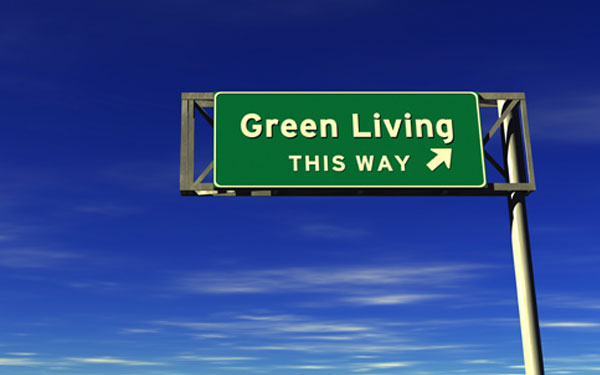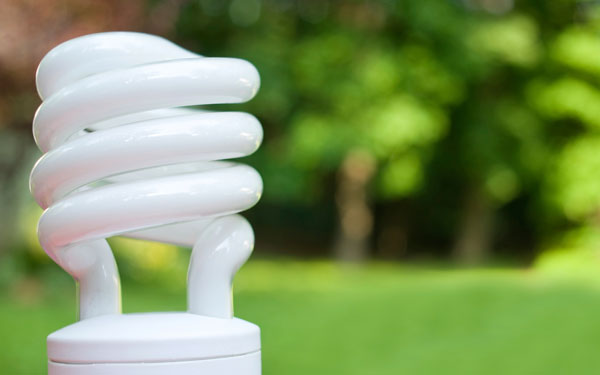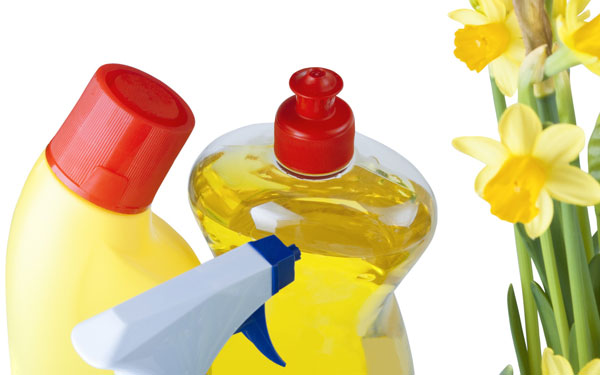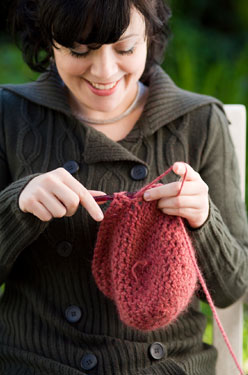 by Kimberly Blackford
by Kimberly Blackford

From your body, to caring for your home, to just your home in general, there are ways to be greener and healthier not only for your own sake, but for the planet's sake.
In the Home
We always hear phrases like, “Turn off the lights when you walk out of a room!” or “Unplug all of your electronics when you are not using them!” But believe it or not, there is so much more to green living than that. Here are a few “green” tips to create a living space that is better for you and the environment.
Cabinets
A big source of indoor air pollution actually comes from cabinets. Adhesives in plywood, particleboard, and fiberboard are all materials many cabinets are made of, but the problem is those materials contain formaldehyde gas. If you are renovating your kitchen, consider replacing your cabinets with more environmentally friendly materials such as wheat straw or rice straw.
Mattresses
Another common indoor air pollutant is a mattress. They are often treated with toxic chemicals to reduce their combustibility. Buy a mattress made out of latex, organic cotton or wool, which are healthier alternatives.

Lighting
Replace incandescent lighting with the compact fluorescent bulbs. This is probably the easiest energy efficient addition to your home.

One With Nature
An indoor-outdoor space connects you to nature and is a great way to be less dependent on fossil fuels to heat and cool the home.
Location
Your home’s location matters when you are striving to become green. Living closer to the grocery store, work or recreation decreases your car dependence and makes you greener.
Green Cleaning
Modern cleaning products get the job done but also leave chemicals behind while doing the cleaning. Here are some old-fashioned approaches to cleaning that are safer for you and the environment.
Take for instance these common kitchen items:
- White Vinegar
- Lemon Juice
- Baking Soda
- Mild Liquid Soap

Each of the above items can be used to create a do-it-yourself cleaner.
Here’s some tips:
All-purpose cleaners
Good ole’ fashion liquid soap and water will do the trick on most kitchen and bathroom surfaces. Mix together 2 tablespoons or liquid soap and 2 cups of water to create an all-purpose surface cleaner. You can also mix together baking soda and water for a gentle scrub on faucets and sinks. Save or invest in a spray bottle and put the mixture in there to make it easier to clean with.
Carpet cleaner
Attend to a spill right when it happens by blotting the area with a white cotton towel. If the stain does not come out sprinkle baking soda on it, wait 15 minutes and then vacuum it up. If you have a deep stain that will not come out with simple kitchen items, look for carpet cleaners that have less toxic chemicals in them.
Clearing Clogged Drains
Pour baking soda and vinegar down the drain, and then add 3 cups of boiling water. This will create a chemical reaction so do not use this in union with a toxic drain cleaner.
Toilet Bowl Cleaner
To just clean the toilet, add vinegar to the toilet bowl and let it stand for a few minutes. Brush the vinegar around, and then flush it down. To remove stains from the toilet, add borax to the water, and let it soak overnight.
Who knew these commonly found kitchen items could clean your home just as good but safer than those chemical based cleaners? Always make sure to open windows while you are cleaning so the breeze can exhaust fumes to the outdoors. You can purchase nontoxic cleaners at local stores, but an easier way of green cleaning is to mix your own with household basics.
On Your Body
Shouldn’t we want to make sure everything we put on our body, face and hair is the best and healthiest? Here are some of the healthiest products for you and best products for the environment.

Clothing
Cotton is often a favorite for T-shirts, sheets and towels. The problem is cotton is sprayed with 25% of all insecticides in the United States. Cotton, although very inexpensive and a favorite, is dangerous to wear because of all the chemicals it takes to make the T-shirt. Look for organic cotton fabric items. This guarantees the cotton plants were not sprayed with hazardous fertilizers. Wool and silk are other popular materials but are not very nature friendly. Sheep are dipped in insecticides to control parasites, and then it takes a great amount of water to cleanse the wool of impurities. When choosing fabrics, look for organic versions of the natural fibers or companies that use natural dyes.
Beauty Products
Always read the ingredients that are in your cosmetics. Check out this list of harmful ingredients, and then check your cosmetics to see if you are using them. Deet, a chemical found in insect repellent, can be linked to cardiovascular effects. Parabens, a chemical found in deodorant, shampoo, makeup and other products, has been found in tissue from breast tumors. Phthalates are usually in scented cosmetics such as perfume, cologne, lotion and other products and are suspected to be endocrine disrupters, which cause developmental disorders and birth defects. There are many other harmful ingredients, but these are just a few to watch out for.
From the home to the body, protecting yourself and the planet should be your number one priority. Hopefully this opened your eyes to many new ways to be green and it will help you improve your way of living into a healthier one.
Here are some related articles:
Save this article to:
back to top